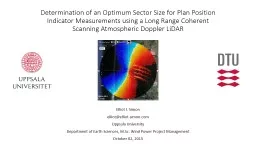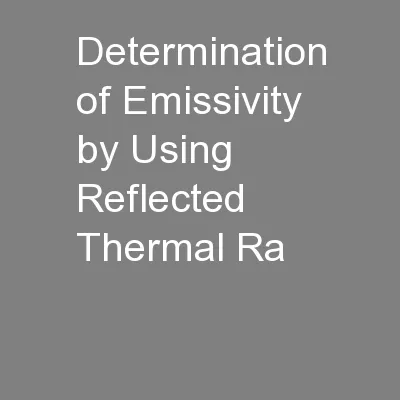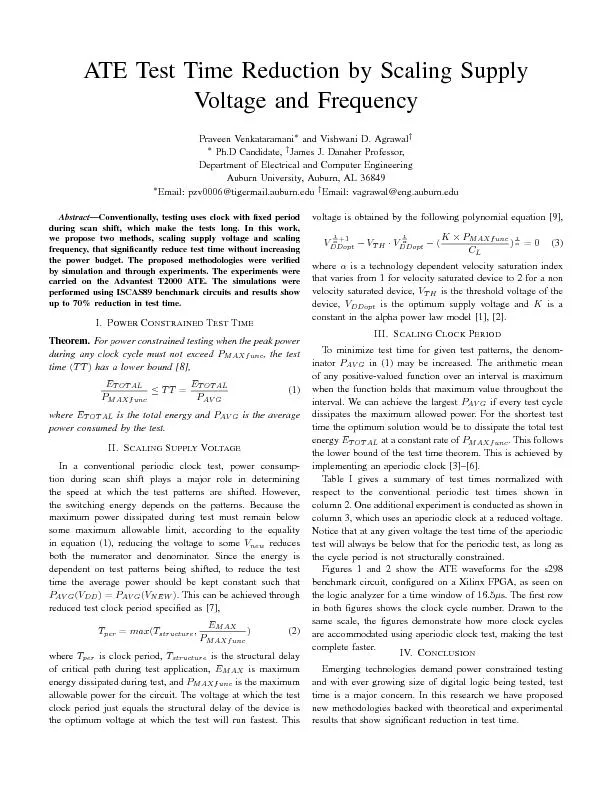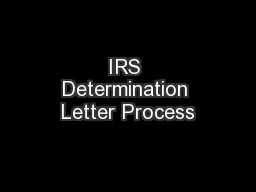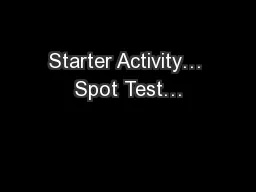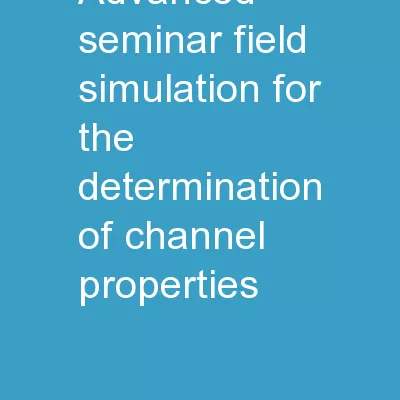PPT-Determination of an Optimum Sector Size for Plan Position
Author : natalia-silvester | Published Date : 2018-01-06
Indicator Measurements using a Long Range Coherent Scanning Atmospheric Doppler LiDAR Elliot I Simon elliotelliotsimoncom Uppsala University Department of Earth
Presentation Embed Code
Download Presentation
Download Presentation The PPT/PDF document "Determination of an Optimum Sector Size ..." is the property of its rightful owner. Permission is granted to download and print the materials on this website for personal, non-commercial use only, and to display it on your personal computer provided you do not modify the materials and that you retain all copyright notices contained in the materials. By downloading content from our website, you accept the terms of this agreement.
Determination of an Optimum Sector Size for Plan Position: Transcript
Download Rules Of Document
"Determination of an Optimum Sector Size for Plan Position"The content belongs to its owner. You may download and print it for personal use, without modification, and keep all copyright notices. By downloading, you agree to these terms.
Related Documents

